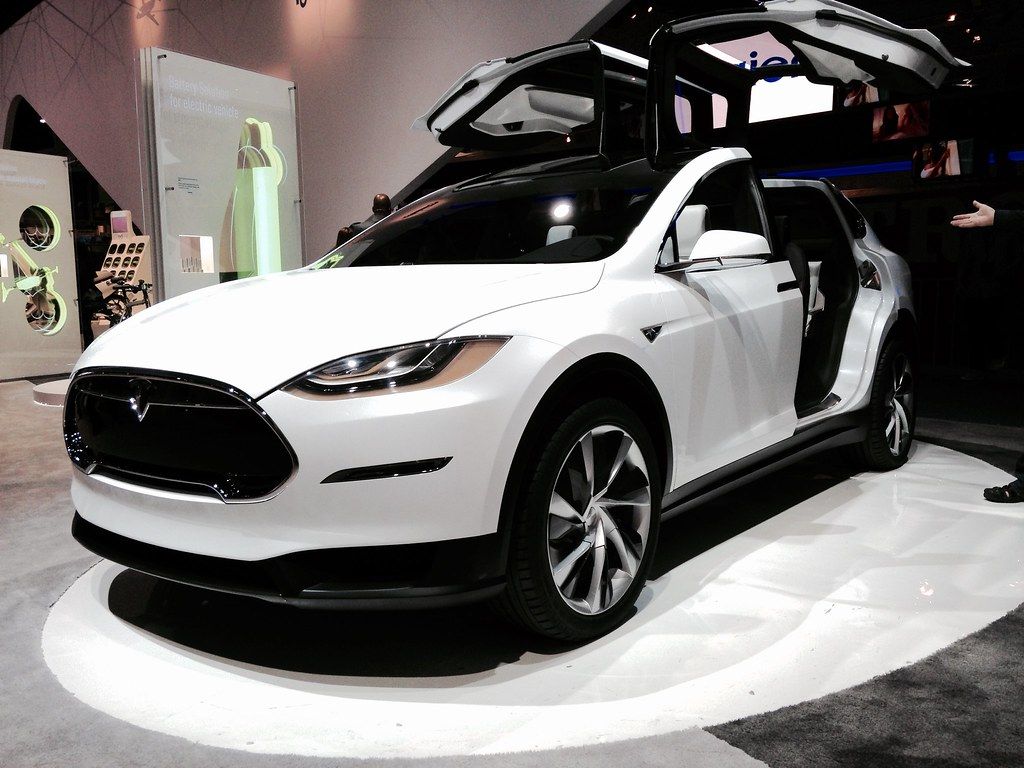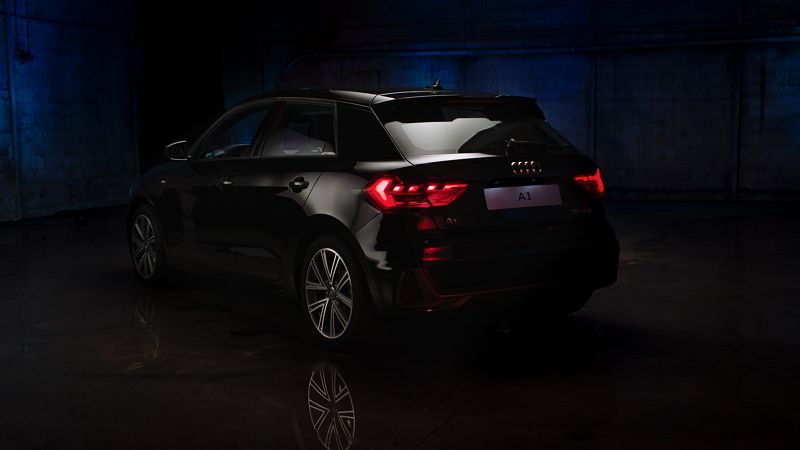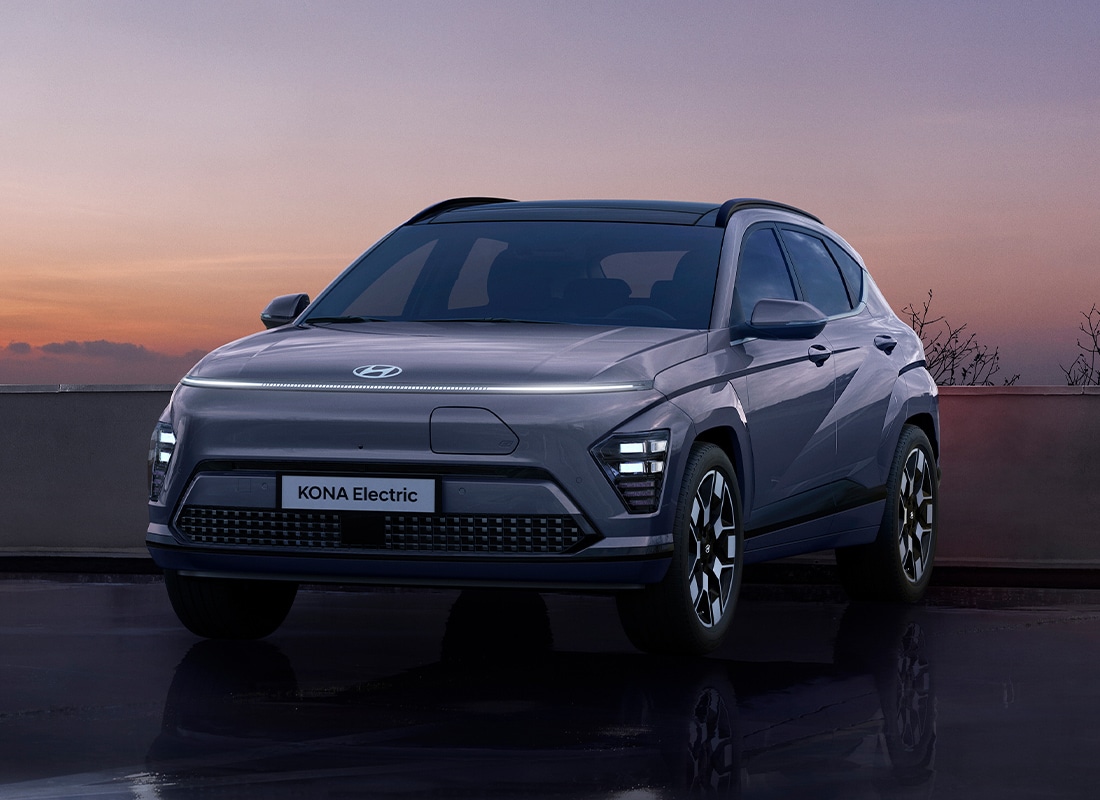
The American roadscape is arguably one of the most diverse and fascinating automotive panoramas in the world, yet amidst the vast array of vehicles, one stalwart consistently commands attention and embodies a uniquely national spirit: the pickup truck. More than just a mode of transport, the pickup has woven itself into the very fabric of American life, evolving from a simple workhorse into a multifaceted icon. Its journey reflects not only shifts in automotive engineering and consumer preferences but also profound changes in societal values, economic policies, and the very definition of the American dream.
This isn’t merely a tale of horsepower and payload; it’s a narrative steeped in cultural identity, where practicality meets aspiration, and utility converges with lifestyle. The sheer presence of pickup trucks on American roads, their unwavering popularity, and the significant impact they have on the national economy speak volumes about their entrenched position. Understanding this phenomenon requires a deep dive into the historical, economic, and regulatory currents that have propelled the pickup from a specialized tool to a ubiquitous symbol of American ingenuity and freedom.
We embark on an in-depth exploration, uncovering the pivotal moments and forces that have undeniably ingrained the pickup truck so deeply within American culture. From the early days of its utilitarian design to the complex interplay of government policies and market demands, we’ll peel back the layers to reveal why this versatile vehicle remains an indispensable part of the American landscape, continuing to captivate and serve generations of drivers.
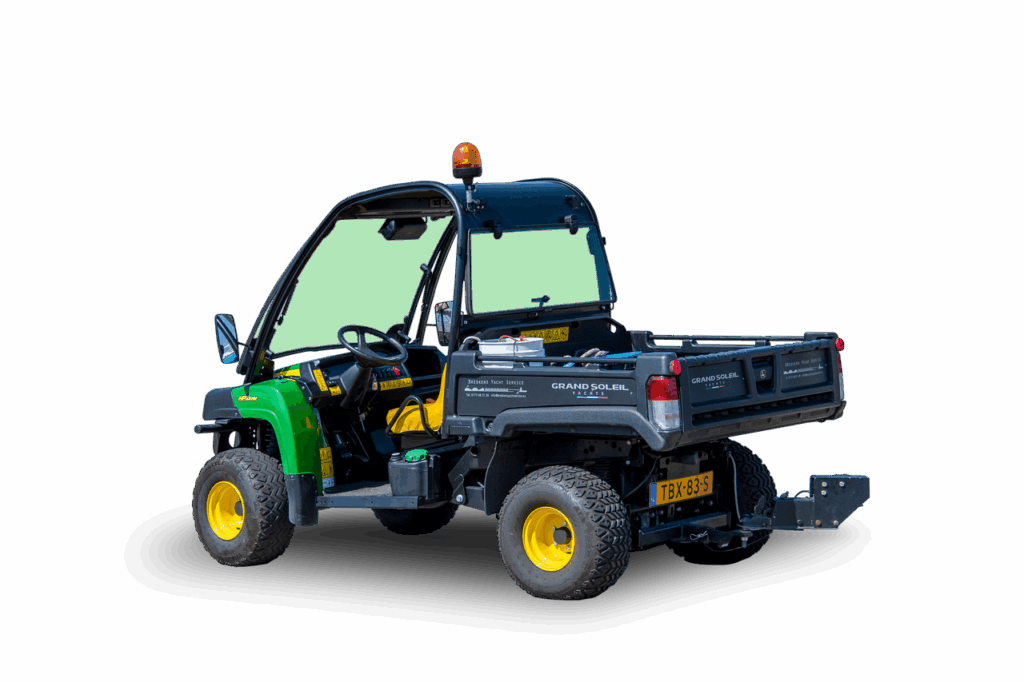
1. **From Utility to Lifestyle: The Post-War Transformation**
Once envisioned primarily as a rugged companion for farmers, tradespeople, and industrial workers, the pickup truck underwent a profound metamorphosis in the post-World War II era. While its core utility remained, its purpose began to broaden dramatically in the 1950s, as American consumers started to purchase these vehicles not just for their hauling capabilities, but increasingly for lifestyle reasons. This marked a pivotal shift, transforming the pickup from a mere tool into a statement, a vehicle that could seamlessly transition from the job site to weekend adventures.
This evolving perception is starkly illustrated by changing usage patterns over the decades. By the 1990s, less than 15 percent of pickup owners reported using their truck primarily for work. This trend only accelerated into the 21st century, as contemporary surveys reveal a striking contrast with the vehicle’s origins. Annual studies of Ford F-150 owners between 2012 and 2021 showed that a staggering 87% used their trucks frequently for shopping and running errands, and 70% for pleasure driving. These figures underscore how deeply integrated pickups have become into daily domestic life, far beyond traditional work-related tasks.
In contrast, the more traditional utility roles, while still present, became less dominant. Only 28% of owners reported frequently using their trucks for personal hauling, with 41% doing so occasionally and 32% rarely or never. Towing figures were even lower, with only 7% using their trucks often for towing, 29% occasionally, and 63% rarely or never. These statistics paint a clear picture: the modern pickup is overwhelmingly a passenger and lifestyle vehicle, a far cry from its utilitarian roots.
Further reinforcing this evolution is the significant change in vehicle design itself. The 1960s to 1970s Ford F-100, a quintessential work truck, typically featured a regular cab and a bed-to-cab ratio of approximately 64% bed and 36% cab. Fast forward to 2023, and the design priorities have inverted; a contemporary F-150 often consists of 63% cab and only 37% bed, largely accommodating the shift towards crew cabs becoming the norm. This fundamental redesign for passenger comfort and space over sheer cargo volume is a testament to the pickup truck’s successful transition into a mainstream lifestyle vehicle.
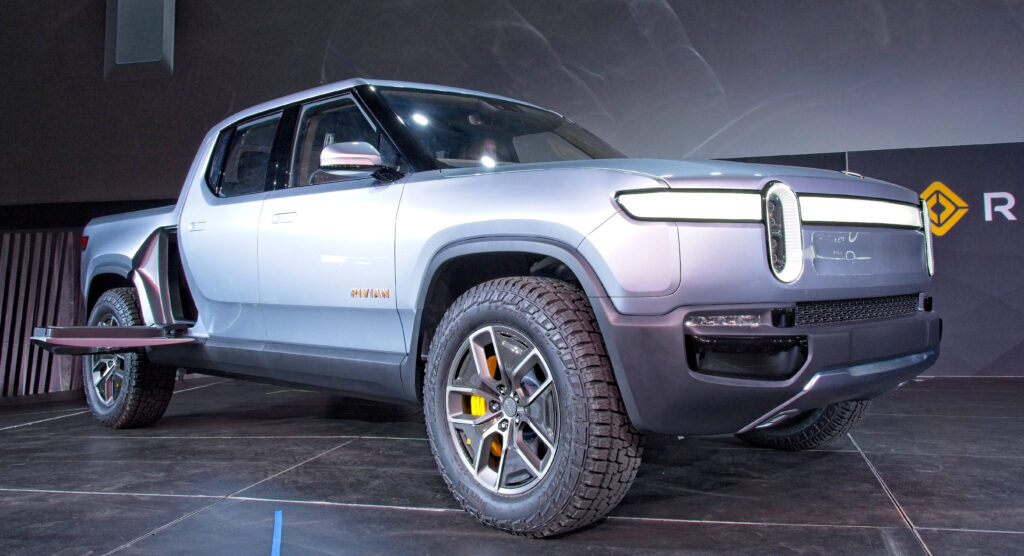
2. **A Manufacturing Behemoth: Pickups as an Economic Driver**
Beyond their cultural resonance, pickup trucks represent an immense economic powerhouse, serving as a critical pillar for some of America’s largest automotive manufacturers. Full-sized pickups, alongside their SUV counterparts, are not just popular sellers; they are an indispensable source of revenue and profit for industry giants like Ford, General Motors, and Stellantis. This segment alone accounts for more than two-thirds of these companies’ global pre-tax earnings, despite making up a comparatively smaller 16% of North American vehicle production.
This disproportionate contribution to profitability highlights the strategic importance of pickups within the automotive industry’s business model. The reason for such robust earnings lies in the high profit margins these vehicles command, coupled with their often substantial price tags. Consumers, valuing their versatility, perceived ruggedness, and growing array of comfort features, are willing to invest significantly in these trucks.
Consider the average cost of a new Ford F-150. In 2018, Kelley Blue Book cited an average cost, including optional features, of US$47,174. This figure, representative of the segment, showcases the premium pricing strategy that underpins the segment’s financial success. These aren’t entry-level vehicles; they are substantial investments, often customized with numerous add-ons that further boost profit margins for manufacturers and dealerships alike.
The immense revenue generated by pickup trucks allows these major car manufacturers to invest heavily in research and development, expand their production capabilities, and maintain a competitive edge in the global market. Their profitability ensures sustained innovation and job creation, making the pickup truck not just a cultural touchstone but a vital engine of the American economy. The success of these vehicles is intrinsically linked to the financial health and strategic direction of the automotive sector, reinforcing their deep integration into the nation’s economic landscape.

3. **The Unseen Hand of Policy: How the “Chicken Tax” Shaped the Market**
Government policy, often an understated force, has played a surprisingly significant role in entrenching pickup trucks within American culture. One of the most impactful, and perhaps most unusual, examples is the so-called “chicken tax.” This tariff, introduced in 1963, was initially a retaliatory measure by the United States against European tariffs on American chicken exports, but its long-term consequences profoundly altered the domestic automotive market, particularly for light trucks.
The 25% tariff on imported light trucks directly curtailed the entry of popular foreign vehicles, most notably the Volkswagen Type 2. This immediate effect distorted the market landscape, creating a distinct advantage for US-based manufacturers. With foreign competition effectively hampered by increased costs, domestic companies faced less pressure from imports, allowing their pickup truck lines to flourish with reduced external competition.
Over the subsequent decades, this tariff became a protective barrier, effectively “squeezing smaller Asian truck companies out of the American pickup market.” This sustained protection meant that American manufacturers could focus on developing and marketing trucks that catered specifically to the evolving American consumer, largely without the urgency to compete on price or innovation with a broader range of international designs.
Indeed, Detroit—the heart of American automotive manufacturing—actively lobbied to protect this light-truck tariff for years. This persistent advocacy stemmed from the clear financial benefits derived from a protected market. The consequence was a reduction in pressure on domestic manufacturers to introduce vehicles that polluted less or offered increased fuel economy, allowing them to focus on larger, more powerful, and ultimately more profitable models that resonated with American buyers who favored performance and size. This policy, though obscure in its origins, undeniably helped solidify the pickup’s dominant position.

4. **CAFE Standards: Paving the Way for Pickup Dominance**
Another critical governmental influence that inadvertently boosted the standing of pickup trucks was the Corporate Average Fuel Economy (CAFE) policy, enacted in 1973. While intended to improve the fuel efficiency of the national vehicle fleet, the manner in which these standards were applied created a regulatory loophole that significantly benefited light trucks, including pickups and SUVs, over traditional passenger cars.
CAFE policy set higher fuel-economy requirements for cars than for trucks, a distinction that had far-reaching implications. This regulatory disparity meant that manufacturers had an easier time meeting fuel efficiency targets if they emphasized the production and sale of light trucks. The policy effectively incentivized automakers to shift their focus and marketing efforts away from categories that faced stricter scrutiny.
This regulatory environment led to several market transformations. For instance, the traditional station wagon, once a staple of American family transport, was largely replaced by the minivan. Crucially, minivans were classified under the truck category, which allowed them to comply with less stringent emissions standards and fuel economy requirements. This trend further extended to the promotion and widespread adoption of Sport Utility Vehicles (SUVs), which also benefited from the more lenient truck classification.
As passenger cars became subject to increasingly stringent emissions controls and fuel economy mandates, pickup trucks found themselves in a relatively unburdened position. This freedom from the most demanding regulations allowed them to evolve in ways that cars could not, paving the way for their emergence as a preferred vehicle type and setting the stage for their adoption as performance machines.
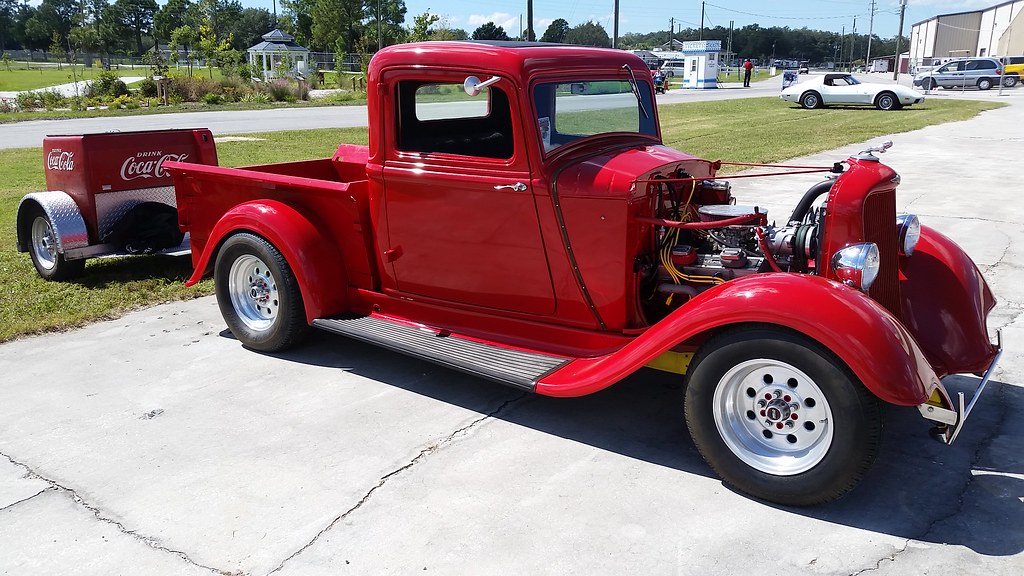
5. **The Rise of the Performance Pickup: Beyond Muscle Cars**
The 1973 CAFE policy, while impacting fuel economy, also had a fascinating, perhaps unintended, consequence: it laid the groundwork for pickup trucks to inherit the mantle of performance vehicles in America. As stricter emissions regulations increasingly constrained the power and design of traditional muscle cars, pickups, operating under more relaxed standards, began to fill the void, offering a new avenue for raw power and dynamic driving experiences.
This shift became particularly noticeable as the 1970s progressed. Pickups, unhindered by the same level of emissions controls that were stifling the muscle car market, began to be developed with an eye towards performance. Manufacturers recognized an opportunity to appeal to consumers who still craved powerful, assertive vehicles, even as traditional performance cars became more subdued.
Dodge, for example, leaned into this emerging trend with its “adult toys” line, featuring models like the Dodge Warlock, the Macho Power Wagon, and the Street Van. These vehicles were explicitly marketed not just for utility, but for their bold styling, powerful engines, and recreational appeal. They offered a rugged, yet exhilarating, alternative to the diminishing muscle car scene, allowing drivers to express personality and pursue high-performance driving in a different form factor.
Further solidifying the performance truck’s position was the 1978 gas guzzler tax. This tax was specifically levied on fuel-inefficient cars but notably exempted pickup trucks. This exemption provided another layer of regulatory favoritism, making powerful, less fuel-efficient pickups a more financially attractive option for consumers compared to similarly thirsty cars. It effectively nudged the market in favor of pickups as the go-to choice for performance and sheer power, forever changing their perception from mere work vehicles to legitimate contenders in the performance arena.
Read more about: Buyer Beware: 13 Pickups So Unreliable, They Might Not Last Till Your Next Oil Change

6. **Tax Incentives: The IRS’s Role in Pickup Popularity**
Beyond direct tariffs and fuel economy standards, the American tax code itself has contributed significantly to the widespread adoption and cultural ingrainment of pickup trucks. Specific tax incentives, particularly those targeting business use, have made pickups an appealing choice for a broad spectrum of individuals and companies, fostering their presence across diverse economic sectors.
As of 2016, the IRS offers substantial tax breaks for the business use of certain vehicles. Crucially, this includes “any vehicle equipped with a cargo area… of at least six feet in interior length that is not readily accessible from the passenger compartment.” This specific wording directly favors pickup trucks, many of which easily meet these dimensional requirements for their cargo beds.
For small business owners, contractors, and even self-employed individuals, these tax deductions can translate into significant financial advantages. The ability to write off a substantial portion of a vehicle’s cost, or its depreciation over time, makes the acquisition of a pickup truck a sound financial decision for many who use it for work-related purposes. This incentive lowers the effective cost of ownership, making a rugged, versatile pickup a more attainable and attractive investment than it might otherwise be.
This policy effectively merges economic practicality with personal vehicle choice. It means that a vehicle purchased primarily for business, benefiting from these tax breaks, often doubles as the family’s primary mode of transport or weekend adventure machine. This dual-purpose utility, encouraged by tax policy, ensures that pickups are not just found on construction sites or farms, but are a common sight in suburban driveways and parking lots, deepening their integration into everyday American life and economy.”

7. **Design Innovations and Evolution: Adapting to American Needs**
The pickup truck’s innovative design evolution, especially its expanding cab configurations, epitomizes its shift from a utilitarian work vehicle to a comfortable daily driver. Starting with basic regular cabs, the market quickly embraced extended and crew cabs, responding to consumer demand for more passenger space. Pioneers like International Harvester (1957) and Dodge (1963) introduced four-door crew cabs, initially for heavy-duty models. By 2001, these became the norm even for half-ton trucks like the Ford F-150, rapidly surpassing other styles and solidifying the pickup’s role as a versatile family vehicle.
This design metamorphosis directly reflects changing usage patterns. A 1960s-1970s Ford F-100 typically had 64% bed and 36% cab; by 2023, a modern F-150 often reverses this, with 63% cab and only 37% bed. This re-engineering prioritizes passenger volume, integrating comforts like power options and air conditioning (emerging in the 1950s). Beyond cabs, cargo beds evolved from wood to steel by the 1960s, with the aesthetically refined fleetside style eventually dominating over stepside designs, reflecting improved manufacturing and user preferences.
Further enhancing user experience, nearly all new North American pickups now feature automatic transmissions, simplifying driving. Only niche models like the Jeep Gladiator and Toyota Tacoma offer manuals. Innovations such as the “mid-gate,” increasing cargo capacity without extending overall vehicle length, highlight continuous efforts to optimize utility while maintaining practical dimensions. These design choices collectively illustrate the pickup truck’s meticulous adaptation to American culture, blending rugged capability with everyday usability.
Car Model Information: 2024 Ford F-150 XLT
Name: Ford F-Series
Caption: 2022 Ford F-150 Lariat Luxury
Manufacturer: Ford Motor Company
Aka: Ford Lobo (Mexico, 1992–present)
Production: 1948–present
Class: Pickup truck#Full-size pickup truck
Layout: Front-engine, rear-wheel-drive layout,rear-wheel drive
Predecessor: 1941 Ford
Categories: All-wheel-drive vehicles, All Wikipedia articles written in American English, All articles that may contain original research, All articles with unsourced statements, Articles that may contain original research from September 2020
Summary: The Ford F-Series is a series of light-duty trucks marketed and manufactured by the Ford Motor Company since model year 1948 as a range of full-sized pickup trucks — positioned between Ford’s Ranger and Super Duty pickup trucks. Alongside the F-150 (introduced in 1975), the F-Series also includes the Super Duty series (introduced in 1999), which includes the heavier-duty F-250 through F-450 pickups, F-450/F-550 chassis cabs, and F-600/F-650/F-750 Class 6–8 commercial trucks.
Get more information about: Ford F-Series
Buying a high-performing used car >>>
Brand: Ford Model: F-150
Price: $40,397 Mileage: 45,515 mi.
Read more about: Eco-Guilt Road Trip: Unmasking the V8 Monsters That’ll Have Environmentalists Side-Eyeing Your Carbon Footprint
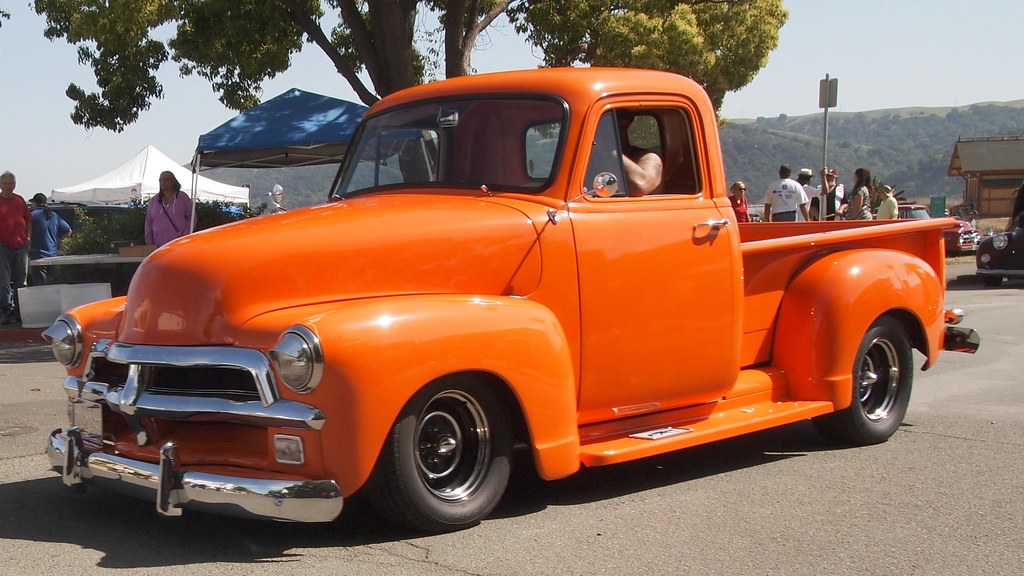
8. **The Reign of the Full-Size: Market Dominance and Lifestyle Integration**
The pickup truck’s enduring market dominance, especially for full-size models, is a defining characteristic of American automotive culture. With a commanding 18% share of total vehicles sold in the U.S., the pickup segment forms a foundational pillar of the industry. The legendary Ford F-150, for instance, has reigned as the nation’s best-selling vehicle since 1982, a testament to its deep cultural acceptance and broad functional relevance, symbolizing both utility and aspiration in American life.
This market leadership is inextricably linked to the pickup’s successful metamorphosis into a passenger car. Recent surveys of Ford F-150 owners (2012-2021) reveal that 87% frequently used their trucks for shopping and errands, and 70% for pleasure driving. In contrast, only a fraction reported frequent use for hauling (28%) or towing (7%). These statistics underscore the modern pickup’s primary role as a versatile lifestyle vehicle, with designs featuring larger, more comfortable cabs and proportionally smaller beds. This adaptation allows pickups to serve seamlessly as primary family transport.
The profound economic implications of this dominance are immense. Full-sized pickups are the financial bedrock for automotive giants like Ford, GM, and Stellantis, contributing over two-thirds of their global pre-tax earnings. This disproportionate profitability, fueled by high profit margins and substantial average prices (a new F-150 averaged US$47,174 in 2018), drives massive R&D investments. This enables continuous innovation, offering an expanding array of comfort, technology, and personalization options, further cementing the pickup’s premium, multi-functional status in the American market.
Car Model Information: 2024 Ford F-150 XLT
Name: Ford F-Series
Caption: 2022 Ford F-150 Lariat Luxury
Manufacturer: Ford Motor Company
Aka: Ford Lobo (Mexico, 1992–present)
Production: 1948–present
Class: Pickup truck#Full-size pickup truck
Layout: Front-engine, rear-wheel-drive layout,rear-wheel drive
Predecessor: 1941 Ford
Categories: All-wheel-drive vehicles, All Wikipedia articles written in American English, All articles that may contain original research, All articles with unsourced statements, Articles that may contain original research from September 2020
Summary: The Ford F-Series is a series of light-duty trucks marketed and manufactured by the Ford Motor Company since model year 1948 as a range of full-sized pickup trucks — positioned between Ford’s Ranger and Super Duty pickup trucks. Alongside the F-150 (introduced in 1975), the F-Series also includes the Super Duty series (introduced in 1999), which includes the heavier-duty F-250 through F-450 pickups, F-450/F-550 chassis cabs, and F-600/F-650/F-750 Class 6–8 commercial trucks.
Get more information about: Ford F-Series
Buying a high-performing used car >>>
Brand: Ford Model: F-150
Price: $40,397 Mileage: 45,515 mi.
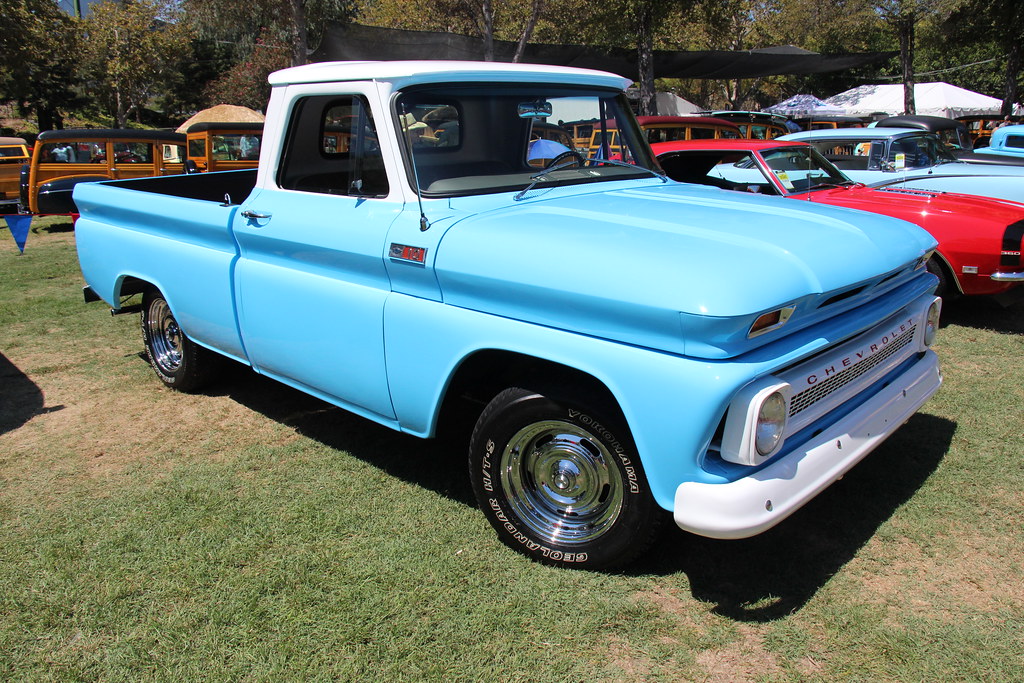
9. **Unparalleled Versatility: From Workhorse to Recreation Vehicle**
At the core of the pickup truck’s enduring appeal lies its extraordinary versatility, enabling a seamless transition from demanding job sites to leisurely weekend adventures. This inherent adaptability makes it a true multi-tool for the American consumer, engineered to handle a vast array of tasks. Whether transporting heavy materials, embarking on off-road excursions, or managing daily routines, the modern pickup consistently delivers robust capability unmatched by most other vehicle types. This dual nature effectively caters to both practical necessities and recreational aspirations.
Central to its functional prowess are the renowned hauling and towing capabilities, meticulously engineered with a robust body-on-frame construction and often a long wheelbase. Hauling utilizes the cargo bed, which, despite evolving proportions, remains effective for personal loads. Towing differentiates into conventional (bumper pull) and in-bed (heavy duty) categories, with options like fifth-wheel and gooseneck hitches distributing weight more effectively for heavier trailers. Historical “ton ratings”—half-ton, three-quarter-ton, and one-ton—though now largely symbolic, still underscore the robust capacities embedded within these diverse models.
Beyond traditional work, the pickup has firmly established itself in American recreation. A camper shell transforms the bed into a compact camping space. More sophisticated slide-in truck campers offer motorhome amenities, with the crucial advantage of being removable. While predominantly a personal or commercial vehicle in North America, its adaptability extends globally, serving as passenger transport (“songthaews” in Thailand, “tap taps” in Haiti) or even modified into “technicals.” This universal utility showcases the pickup’s intrinsic design offers unmatched adaptability, regardless of specific cultural or functional demands.
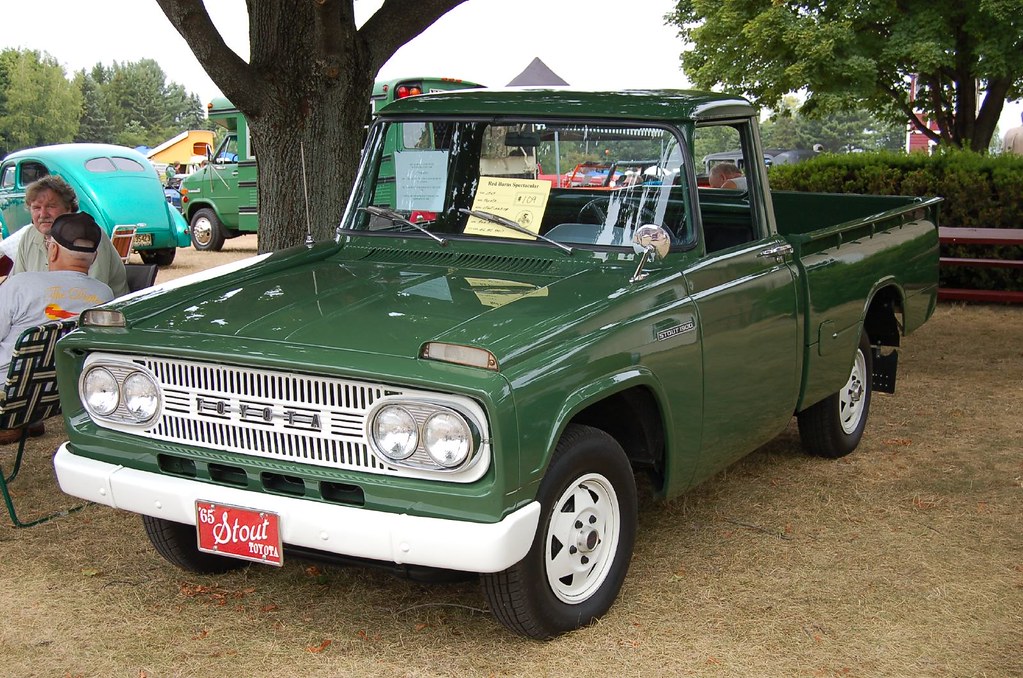
10. **Global Disparity: The Pickup’s Unique American Affinity**
While the pickup truck is an undeniable fixture in American culture, its global standing presents a striking contrast. The Ford F-150, best-selling vehicle in the U.S. since 1982, is a rare sight in Europe. This disparity stems from higher fuel prices, narrower city roads, and distinct cultural preferences. The sustained U.S. popularity is buttressed by cultural attachment, lower fuel prices, and domestic taxes/regulations historically favoring these powerful machines.
Regulatory environments further dictate market penetration elsewhere. Japan, for example, imposes stringent NO x laws and specific regulations prohibiting most pickup imports, severely limiting their presence. Conversely, other international markets embrace specific truck types, though often with different size preferences. In Europe, where pickups are less than 1% of light vehicle sales, popular models like the Ford Ranger and Toyota Hilux are typically mid-sized. This underscores how local conditions and governmental policies profoundly shape automotive choices and cultural adoption, making the full-size pickup’s American dominance an anomaly.
However, the pickup’s utility secures its role in other regions. China sees domestic manufacturing of Great Wall Wingle models. Thailand serves as a hub for Isuzu D-Max and Mitsubishi Triton. In Latin and South America, diverse models like the Toyota Hilux and Ford Ranger find success. South Africa, too, has a strong “bakkie” culture, with pickups accounting for about 17% of vehicle sales, dominated by the Toyota Hilux and Ford Ranger. These examples illustrate the global adaptability of the pickup, even if the grand scale of the American full-size variant remains largely confined to North American shores.
Car Model Information: 2014 Ford F-150 XLT
Name: Ford F-Series
Caption: 2022 Ford F-150 Lariat Luxury
Manufacturer: Ford Motor Company
Aka: Ford Lobo (Mexico, 1992–present)
Production: 1948–present
Class: Pickup truck#Full-size pickup truck
Layout: Front-engine, rear-wheel-drive layout,rear-wheel drive
Predecessor: 1941 Ford
Categories: All-wheel-drive vehicles, All Wikipedia articles written in American English, All articles that may contain original research, All articles with unsourced statements, Articles that may contain original research from September 2020
Summary: The Ford F-Series is a series of light-duty trucks marketed and manufactured by the Ford Motor Company since model year 1948 as a range of full-sized pickup trucks — positioned between Ford’s Ranger and Super Duty pickup trucks. Alongside the F-150 (introduced in 1975), the F-Series also includes the Super Duty series (introduced in 1999), which includes the heavier-duty F-250 through F-450 pickups, F-450/F-550 chassis cabs, and F-600/F-650/F-750 Class 6–8 commercial trucks.
Get more information about: Ford F-Series
Buying a high-performing used car >>>
Brand: Ford Model: F-150
Price: $17,745 Mileage: 131,097 mi.
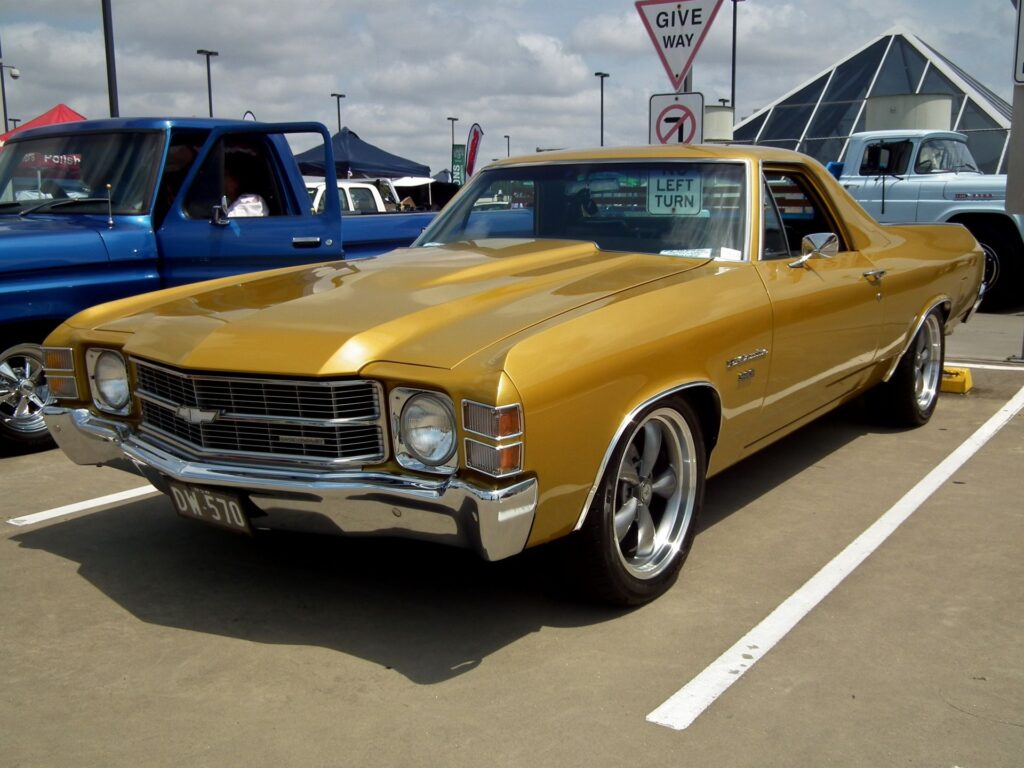
11. **The Escalation of Size: Trucks Grow Up (and Out)**
The physical evolution of the pickup truck, marked by its undeniable increase in size and functionality, has fundamentally reshaped its presence on American roads. From modest workhorses, pickups have expanded into sophisticated family vehicles laden with technology. This trend has seen smaller pickups largely vanish from the market, with full-size trucks now comprising the majority of U.S. sales by the 2020s. This relentless growth in mass and scale reflects consumer demand for more space, power, and comfort, but also introduces significant new considerations regarding safety and urban infrastructure.
To better grasp this phenomenon, pickups are typically categorized by size. Kei trucks, strictly defined by Japanese regulations, represent the smallest class. Moving upwards, compact pickup trucks like the unibody Hyundai Santa Cruz and Ford Maverick are built on compact SUV or car platforms. Mid-size body-on-frame trucks, such as the Ford Ranger and Toyota Hilux, commonly represent the largest size sold or manufactured outside North America, offering a crucial balance of capability and maneuverability for diverse global and niche domestic demands.
The pinnacle of this growth in the U.S. is the full-size pickup truck—a body-on-frame vehicle often exceeding two meters in exterior width. Beyond this, “heavy duty” (HD) or “super duty” classifications, like the Ram Heavy Duty and Ford Super Duty, denote enhanced payload and towing capacities. While a “dually” (four rear wheels) is an optional feature for some HD models, it is not a prerequisite for the heavy-duty designation itself. This continuous push toward greater capacity and an imposing presence underscores the pickup’s unparalleled evolution, blurring lines with commercial vehicles.

12. **Safety on the Road: Confronting the Giants of the Highway**
The relentless growth in size and weight of modern pickup trucks, while fulfilling consumer demands, has brought critical safety concerns to the forefront. Since 1990, consumer pickups in the US have gained an average of 32% in weight, featuring larger cabins, higher ground clearance, and more imposing grills. This physical escalation fundamentally alters their interaction with other vehicles and vulnerable road users, necessitating a re-evaluation of their safety profile. The sheer mass and elevated profile present distinct challenges, differentiating them from smaller passenger cars.
A primary safety issue stemming from this growth is significantly increased blind spots, particularly in front. A contemporary pickup can have a blind spot 2.1–3.0 meters (7–10 feet) longer than most other vehicles; a Ford F-250’s hood, nearly 1.8 meters (6 feet) from the ground, can obscure children up to 4.6 meters (15 feet) directly ahead. Tragic statistics confirm this danger: 575 children in the US died in front-over deaths (2009–2019), an 89% increase from the prior decade, with most incidents involving parents. These figures highlight severe, often unseen, dangers inherent in their current design.
Beyond these specific fatalities, the proliferation of larger trucks correlates with broader declines in road safety. Between 2011 and 2021, US car-related fatalities rose by 8%, and pedestrian casualties surged by 46%. Safety experts, like Chuck Farmer from the US Insurance Institute for Highway Safety, attribute a portion of this increase to truck size. He states large pickups are “as deadly or deadlier than muscle cars” and questioned their primary use for commuting, given the danger they pose. These findings underscore an urgent need for continued scrutiny and design innovations to mitigate the escalating risks.
As we navigate the increasingly complex tapestry of American automotive culture, the pickup truck stands as an enduring testament to adaptability, ingenuity, and a certain undeniable spirit of freedom. From its humble origins as a farmer’s essential tool to its current multifaceted role as a family hauler, performance machine, and lifestyle statement, its journey is a microcosm of evolving national priorities and aspirations. Yet, as its size and capabilities continue to expand, so too does the conversation surrounding its place on our roads—a conversation that balances utility with responsibility, aspiration with safety. The pickup’s story is far from over; it remains a powerful symbol, constantly redefining its identity while firmly holding its deep-seated position in the American heartland.

